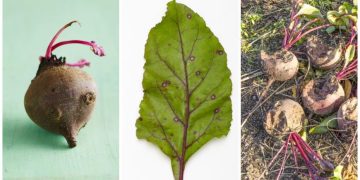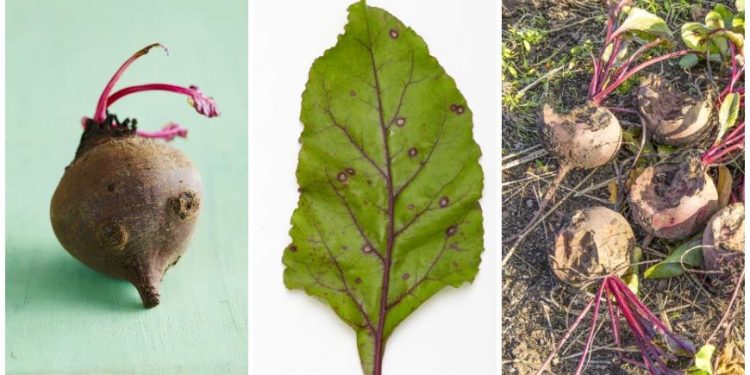#PestControl #CruciferousVegetables #Insecticides #NaturalPredators #CropRotation #ResistantCultivars
The Cabbage webworm, scientifically known as Hellula undalis, is a pest that infests cruciferous vegetables such as cabbage, cauliflower, broccoli, and kale. This pest can cause significant damage to crops, leading to yield losses and economic losses for farmers. In this article, we will explore the impact of the Cabbage webworm on agriculture and discuss measures to control its spread.
Development of the Cabbage webworm usually occurs during the warmer months of the year, and the female lays eggs on the underside of the leaves of cruciferous plants. The eggs hatch into larvae, which then begin to feed on the leaves, creating webbed nests that they use for protection. The feeding activity of these larvae can cause significant damage to the plant’s leaves, leading to a reduction in the plant’s overall growth and quality.
Consequently, the Cabbage webworm has significant consequences for agriculture. It can result in decreased yields, reduced quality of produce, and increased costs for farmers who need to use pesticides to control its spread. Furthermore, it can also lead to environmental concerns due to the use of pesticides.
To control the spread of the Cabbage webworm, there are several measures that farmers can take. These include the use of insecticides, biological control methods such as the use of natural predators, and cultural control methods such as crop rotation and the use of resistant cultivars.
The Cabbage webworm is a significant pest that can cause extensive damage to cruciferous vegetables. Farmers need to be aware of this pest and take measures to control its spread, to avoid significant economic and environmental consequences. Through the use of effective pest management strategies, we can minimize the impact of this pest on agriculture.































